Menu
Café-au-lait birthmarks are common skin lesions that can affect individuals from infancy through adulthood. Named for their distinctive light brown or coffee-with-milk color, these marks can vary in size and number and are typically harmless. However, for some people, café au-lait spots may cause aesthetic concerns or be linked to underlying medical conditions. One of the most common and effective methods for removing these birthmarks is laser treatment. We will explore what café-au-lait birthmarks are, their causes, the technology behind laser removal, what the procedure involves, its effectiveness, potential risks, and aftercare.
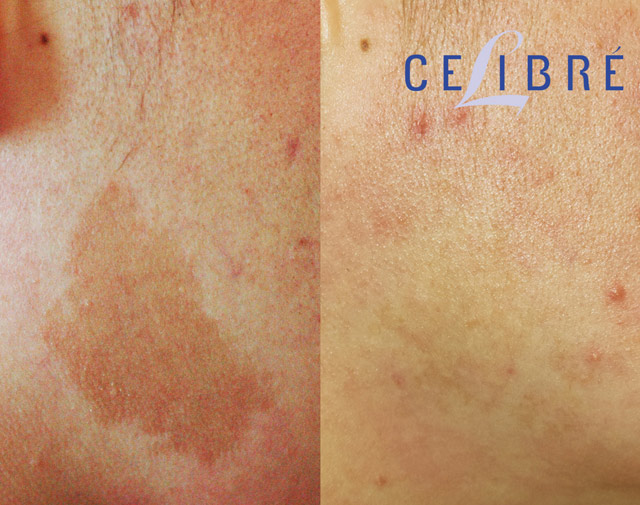
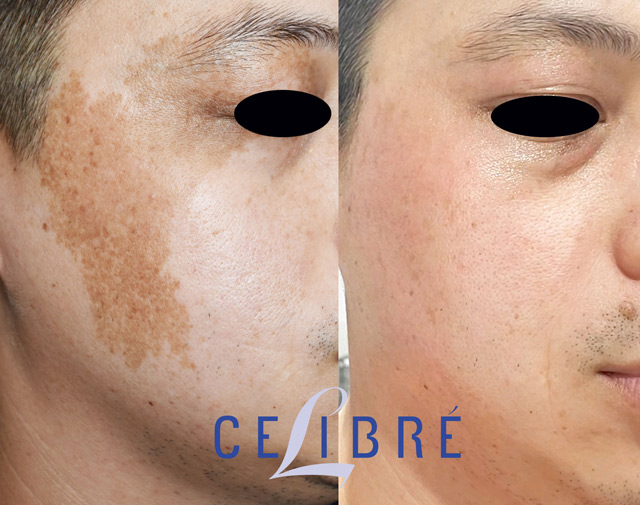
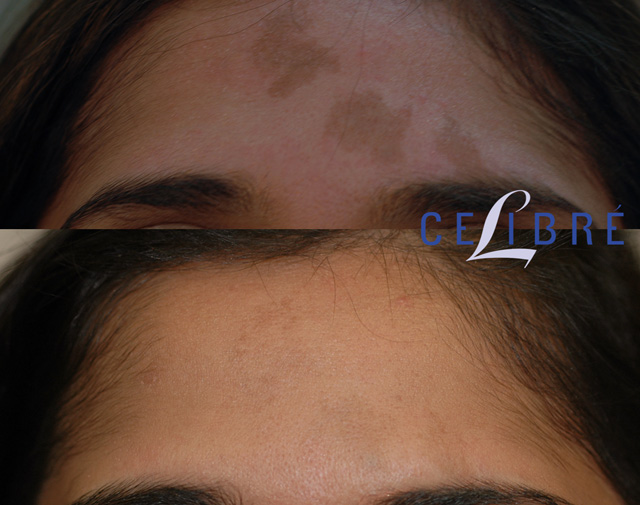
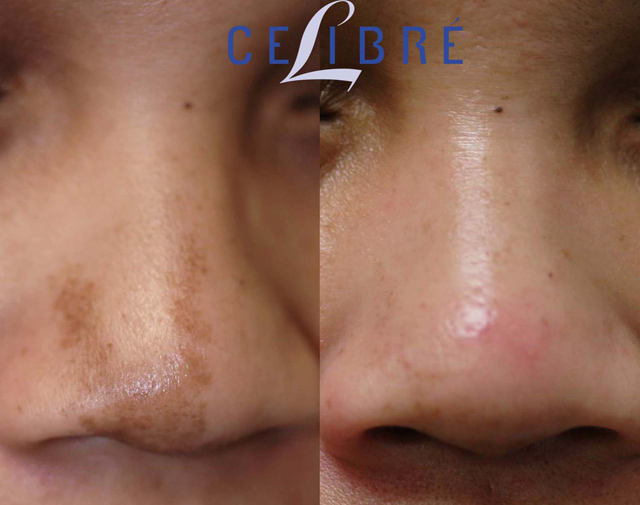

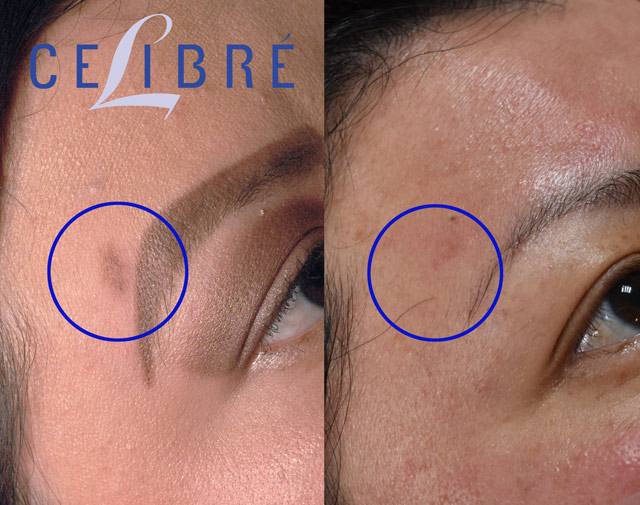
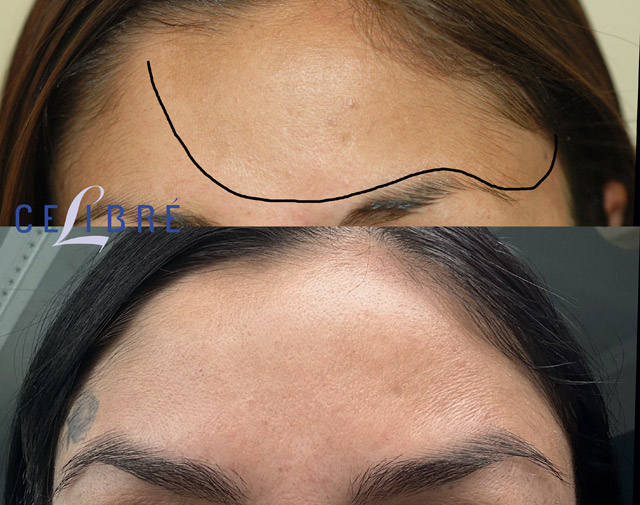









Café-au-lait macules (CALMs) are flat, roundish patches on the skin that range in color from light to dark brown. They usually range from a few millimeters to several centimeters. These birthmarks are typically present at birth or develop during early childhood. They are more common in people with medium or darker skin tones but can occur in individuals of any race.
While most café-au-lait spots are benign, the presence of multiple birthmarks (six or more) can be associated with a genetic disorder that affects the development of nerve cells. In such cases, the marks are typically larger and more numerous, and medical consultation is advised.
However, when café-au-lait marks occur independently and are not linked to any medical conditions, they pose no health risk. When harmless, many individuals seek treatment for cosmetic reasons, particularly when the birthmarks are in visible locations, such as the face,
neck, or arms.
Café-au-lait spots result from an overproduction of melanin, the pigment responsible for skin, hair, and eye color. This overproduction occurs in specific clusters of skin cells, leading to the formation of these brown patches. The exact cause of this localized increase in melanin is unknown in most cases, though it is believed to be related to genetic factors.
Laser treatment has emerged as the gold standard for the removal of pigmented lesions like café-au-lait birthmarks. The technology behind this treatment is most often Q-switched lasers, which deliver intense pulses of light energy in extremely short durations (billionths of a second). The two most common types of lasers used for cafe au lait birthmarks are:
These lasers work by targeting the melanin within the pigmented spots. The light energy is absorbed by the melanin, causing the pigmented cells to break apart and gradually cleared away by the body’s immune system. Importantly, this process selectively targets melanin, meaning the surrounding healthy tissue remains unaffected. This is why laser treatment can be highly effective for birthmarks and other pigment-related skin issues.
Laser treatment for café-au-lait birthmarks is a straightforward outpatient procedure.
1. Consultation: The process begins with a thorough consultation with our qualified healthcare practitioner. During this consultation, we will assess the birthmark(s), discuss your treatment goals, and determine if laser therapy is appropriate.
2. Preparation: Before the procedure, the targeted area will be cleaned, and a topical anesthetic may be applied to minimize discomfort. You will also be provided with protective eyewear to shield their eyes from the laser light.
3. Laser Application: During the treatment, the laser handpiece is placed over the café-au- lait spot, and pulses of light are delivered to the area. The sensation during laser treatment is often compared to the snapping of a rubber band against the skin, and the anesthetic cream can help reduce discomfort.
4. Duration: The time required for treatment depends on the size and number of birthmarks being treated. A single session usually takes less than 15-20 minutes.
5. Post-Treatment: After the laser session, the treated area may appear red, bruised or swollen, like a sunburn. These effects usually subside within a few days. We recommend that you apply a thin layer of Vaseline during the healing process and avoid sun exposure.
Laser removal of café-au-lait birthmarks is highly effective, particularly for smaller and lighter lesions. However, the success of the treatment depends on several factors, including:
Most patients require multiple treatment sessions to achieve the desired result. On average, between 2 and 5 sessions spaced a month apart may be necessary, depending on the size and color of the café-au-lait spot.
While laser treatment is safe, it is not without risks. Potential side effects of laser removal for café-au-lait birthmarks include:
It is crucial to consult with an experienced healthcare practitioner to minimize these risks and ensure proper aftercare. We have been treating cafe-au-lait birthmarks since 2005.
After each laser session, it is essential to follow our aftercare instructions to ensure proper healing and optimal results. Typical aftercare involves:
Most patients can resume normal activities immediately after treatment, though it is advisable to avoid strenuous exercise or activities that cause excessive sweating for a few days.
Laser removal of café-au-lait birthmarks is a safe and effective solution for individuals looking to reduce or eliminate these pigmented spots for cosmetic reasons. We utilize advanced Q-switched laser technology to break down melanin clusters, gradually fading the birthmarks over multiple sessions. Although the treatment has minimal risk, it is important to have realistic expectations, as results can vary based on factors like skin tone, birthmark size, and depth of pigmentation. By adhering to proper aftercare, patients can achieve significant improvements in
the appearance of their skin and enjoy long-lasting results.
